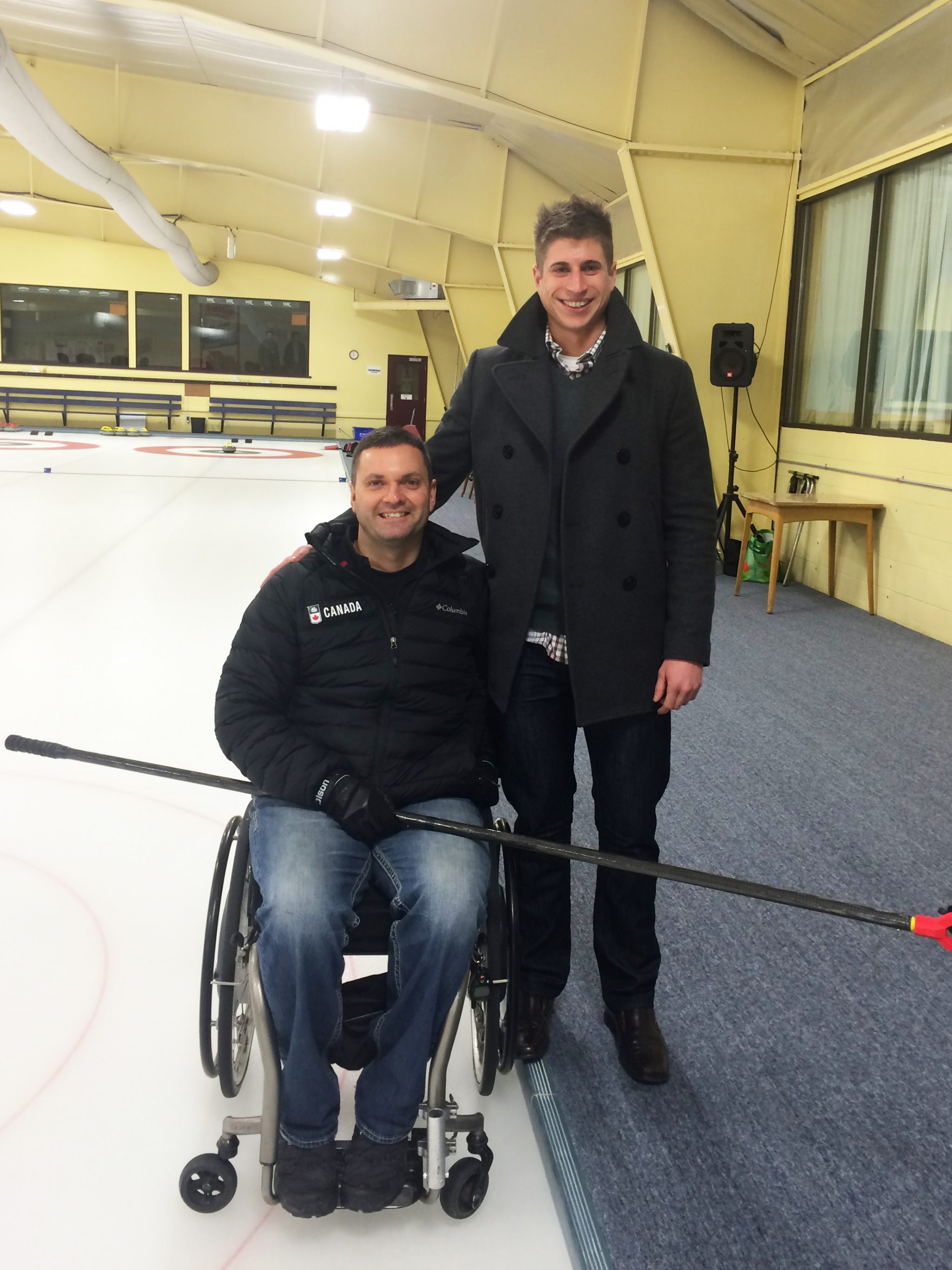Researchers at UW develop a method to optimize Paralympic wheelchair designs


Sometimes we lose sight of those who are underrepresented when looking at ways to improve our society.
Whenever we are positioned to directly assist others, especially regarding innovation, it is quite beautiful. In this case, we may soon witness the departure of mass-produced wheelchairs and the grand entrance to optimized wheelchairs customized to Paralympic athletes. Enter, Brock Laschowski.
Laschowski is currently a PhD student at the University of Toronto in Biomedical Engineering, who alongside other scientists and engineers at the University of Waterloo, has recently developed a method to optimize wheelchair designs. These designs will be customized to the individual physical disabilities of Paralympic athletes.
“The overall objective of the project is to optimize wheelchair designs for Paralympic athletes to minimize the possibility of injuries and maximize performance. Traditionally, wheelchair designs and wheelchair configurations have been selected based upon the athletes’ subjective preferences,” Laschowski said.
“Being an engineer, I’m interested in the applications of predictive modelling and simulation to enhance the design and selection processes,” he added.
Having been involved in Olympic and Paralympic sports engineering research for many years, the initiative is currently the beginning phase of applying these improvements for Paralympic athletes.
“Only recently have engineering methods like computer modelling and simulation been applied towards optimizing the design of assistive devices like wheelchairs and prosthetics. We’re at the beginning phase and there is much room for innovation and further improvements,” Laschowski said.
With this understanding that such design methods for assistive devices have not received enough attention, the room for innovation is quite appealing.
His drive for conducting such research comes from the motivation and inspiration he draws from those individuals who have, and continue to, overcome physical, social and psychological barriers to perform at the highest levels of sport.
“That’s extremely motivating and inspirational and I want to utilize my engineering and scientific knowledge to further assist these individuals.”
With the acknowledgement of the lack of attention, there has been some progress among scientists and engineers who have previously focused on sprinting prosthetics.
“We’re beginning to gradually see more and more of those engineers extend their research towards including optimization methods for sport wheelchairs,” he said.
Laschowski worked with Dr. Naser Mehrabi, post-doctoral fellow in engineering at the University of Waterloo, and Dr. John McPhee, professor of systems design engineering at the University of Waterloo and Tier I Canada Research Chair in Biomechatronic System Dynamics.
Beginning initially with Paralympic wheelchair curling athletes, the Waterloo group has recently extended their predictive modelling and simulation research to optimize wheelchair designs for Paralympic wheelchair basketball players. Having worked with many Team Canada Paralympians, another objective involves the timing of when these highly-anticipated optimized wheelchairs will be physically prototyped.
“Hopefully sooner rather than later. The challenge with predictive computer modelling and simulation is that it requires relatively accurate mathematical models of the human musculoskeletal and central nervous systems, which are extremely difficult to model,” Laschowski said.
“However, we’re becoming somewhat proficient in developing good-enough models and therefore hopefully within the next several years you’ll begin seeing the applications of predictive modelling and simulation towards physical prototyping of optimized wheelchairs and optimized prosthetics.”
While Laschowski may not entirely know the impact or how far these predictive computer methods could go, it is moreover interesting to consider how much Paralympic athletes have been capable of performing with their wheelchairs and prosthetics having received limited scientific and engineering attention.
“The advances you watch on television, the incredible performances at the Paralympic games, these are generally with minimal engineering and scientific knowledge applied towards them, using sports equipment that has received minimal attention from the scientific and engineering communities,” he said.
When discussing ways in which we can improve performance for athletes, there are many different things that have been done for predominately able-bodied individuals. Consideration realistically should be made for everybody. If anything, the efforts and capabilities of Paralympic athletes is probably greater than those who are able-bodied. They are capable of so many remarkable things, working with much less. Then why can’t we accommodate those who could potentially benefit the most?
In such cases, Laschowski is correct, it does rightfully deserve additional attention.
With his research having been recently published in the Journal of Applied Biomechanics and the Journal of Sports Engineering, and the vision for extending these advanced design methods to numerous Team Canada wheelchair athletes, if everything goes as planned, an evolution is approaching — and sooner rather than later.


